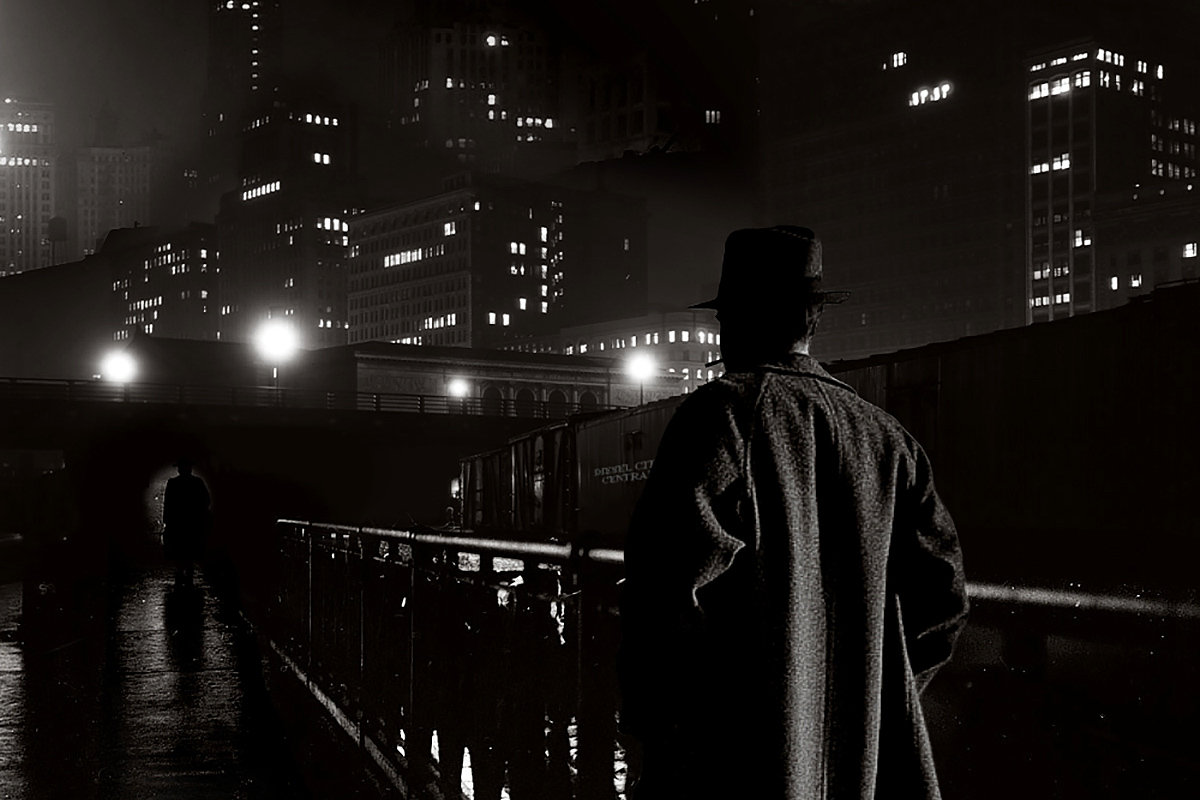The live-action film Casshern (directed by Kazuaki Kiriya, 2004) is based on the 1973 anime of the same name. This fact is a sore spot for fans of the original, who generally seem to be unanimous in their dislike of the filmic remake. On the other hand, fans of the movie may not enjoy the anime upon viewing.
I have to admit that I’ve only seen a few fragments of that original 1970s animation, but I think I’ve seen enough to say that I actually enjoy both, for their own reasons.
Needless to say, the 70s anime is generally bright and campy. The film is, however, dark and extravagant (perhaps to excess). This already forces a wedge between the two, which is driven deeper by some drastic changes to the plot.
Admittedly, I can see why fans of the old series don’t like the remake, but I think, if taken on its own terms, it can still be quite the enjoyable experience.
Visually, the film Casshern is quite the spectacle. The computer graphics already look a bit dated, but unlike many special effects-driven movies, the focus is not on creating a sense of “realism” but rather to create an extremely stylized look. The film is full of highly manipulated color and contrast, resulting in a veritable feast for the eyes.
The kind of stylization I’m talking about is quite reminiscent of other “artistic” action-based films, such as Zack Snyder’s 300 (2007) and Kerry Conran’s Sky Captain and the World of Tomorrow (2004).
These films are visually stunning, and quite a pleasure to watch, although some may argue that the visuals are overdone and overbearing and in this way it amounts to personal taste.
I mentioned Sky Captain and the World of Tomorrow, which seems to work oddly well as a companion to Casshern. Both came out in the same year and feature a dieselpunk-based setting, though they differ greatly in plot and represent different sides of the genre. Sky Captain is certainly of the optimistic “Ottensian” realm while Casshern nestles itself nicely into the world of the dystopian “Piecraftian” dieselpunk.
Of course, Casshern branches out from dieselpunk with its more biopunk genetic experimentation, particularly the creation of “Neo-Humans” through the use of “Neo-Cells”.
The general visual aesthetic is chiefly diesel in nature, however, drawing from film noir in its shadowy atmosphere and focusing on an alternate history in which Asia defeated Europa in a great world war and subsequently became involved in a battle with terrorists from the ambiguous geographic region “Zone 7”. These terrorists steal Europe’s now abandoned robot armies to wreak havoc on their enemies, robots that the Neo-Human Casshern must defeat in kung fu-esque fight sequences.
Personally, I enjoy the film. It’s incredibly entertaining, although I think I would enjoy it just as much without subtitles as I do with. Really, the plot and dialogue is chiefly inconsequential for me. The entire point seems to be the lavish visuals, which overwhelm and dazzle in their extravagance.
The style reminds me a lot of Dave McKean’s artwork, well known for his collaborations with Neil Gaiman, their cinematic work being Mirrormask (2005), which likewise dazzles with its beautiful visuals. It’s just a joy to see such painterly use of color and form on the big screen.
That said, while quite different from the campiness found in the 70s original, there is a certain element of kitsch to the whole thing. I think it’s important to realize that the creators of this film knew the campy status of the source material and while there are more “serious moments” in the film, even these seem to be handled with a bit of irreverent humor.
Though very different in mood, this film’s handling of its original source reminds me of another 2004 live-action reboot of a classic 70s anime, Hideaki Anno’s Cutie Honey. The overproduction of the dramatic action scenes and visuals harkens back to the melodramatic nature of those old classics.
I think of it more of a graphical overhaul and modernization of the spirit of the source material rather than a literal translation of it to the silver screen. The sense of fun and extravagance remains in tact, even if the poor animation quality and strong retro vibes are removed and replaced with over-the-top production and a contemporary feel.
For fans of the ‘punks, I think this film could easily be considered a “must watch”, although some may not like the overproduced visuals. Fans of the original series beware, though. It’s going to be different, but I think it still works in its own weird way and captures an essential part of those old classics: spectacle and ridiculous melodrama.
This story first appeared in Gatehouse Gazette 9 (November 2009), p. 18-19, with the headline “Mutation of Anime & Dieselpunk; Casshern”.






1 Comment
Add YoursYes the original!